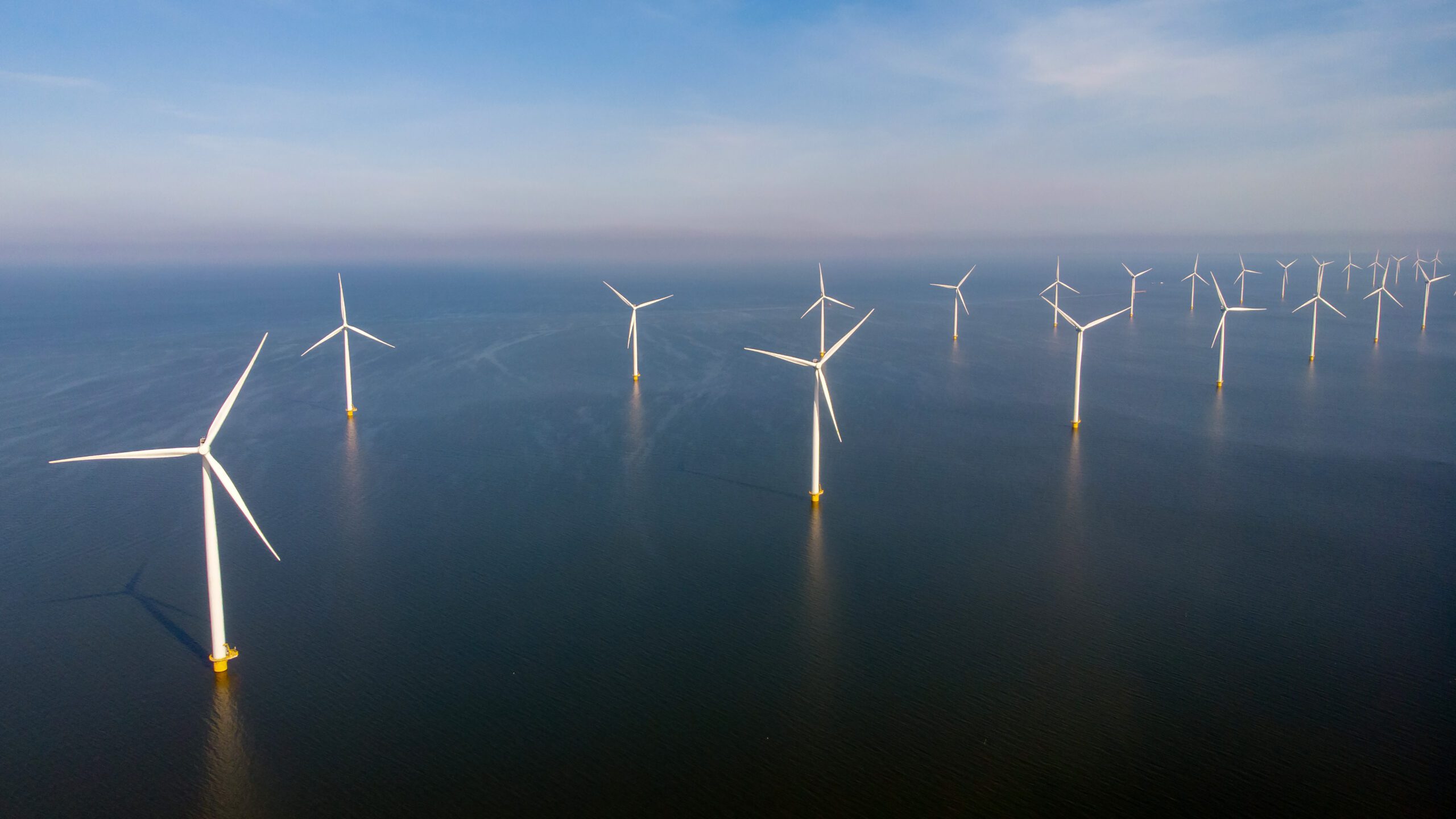Scouring the Shallows
Overview
The disturbance to water flow patterns caused by seabed installations can result in localised erosion and, if left unchecked, this so-called scouring may threaten the integrity and stability of sub-sea foundations. With environmental concerns bringing ‘green’ energy sources such as tidal, wave and wind power increasingly into the energy mix, there is a pressing need to be able to accurately predict structure induced scour so that reliable and cost effective protection can be deployed.
In collaboration with a world leading hydraulics institute, BPP has recently conducted model tests of scour around an offshore structure in shallow water and carried out the associated analysis of the seabed conditions. The objectives of scour tests are often to gain maximum operating or design criteria, either on a virgin seabed, or with scour protection devices in place to ensure that they are adequate for the design criteria.
Scour tests are also used to examine the time development of scour processes around a structure which might be experienced immediately following installation, or, where the structure has no scour protection, to predict the scour that may be expected in a determined period.
The results of both approaches to model tests are then post-processed to review site-specific data, including sensitivity analysis, and interpret the model scale results to examine in-field values.
With industry focus turning to renewable energy development, particularly relating to offshore wind farms, scour analysis and protection will be a major consideration in offshore development projects. In mobile sandy bed shallow water areas, small piles typically used for offshore wind turbines can be subjected to significant erosion due to the interaction of waves and current at the seabed.


Related Sectors
- Thermal Assessments
- Subsea Cable Engineering
- Subsea Cable Protection
- Electro-magnetic Field Effects
- Cable Condition Investigation
- Telecommunication Cable Services
- Cable Fatigue Life
- Dynamic Cable Ratings
- Cable and Materials Testing
- Cable Manufacturing Support
- ECG™ Holistic Cable Monitoring System
- AI & Machine Learning for Subsea Cable Data

